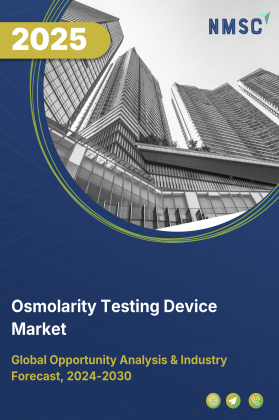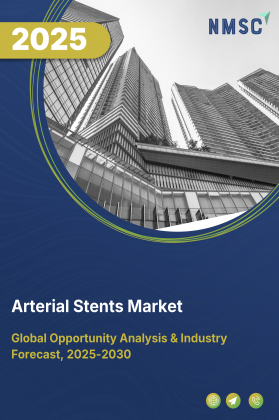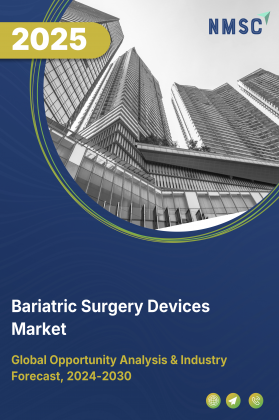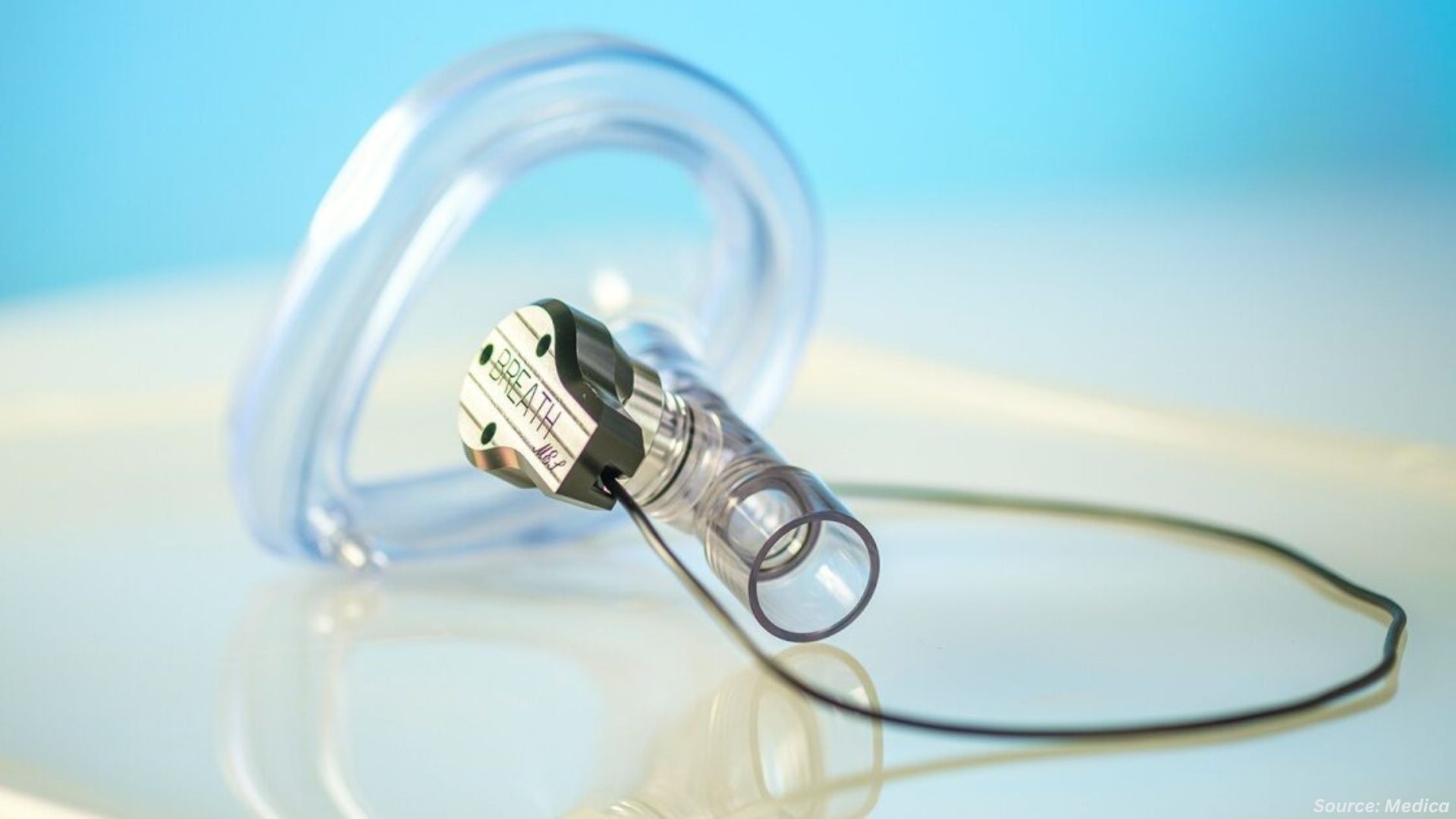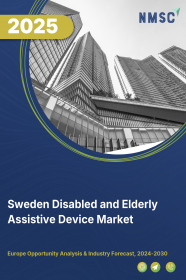
Sweden Disabled and Elderly Assistive Device Market by Type (Mobility & Transfer Assistance, Hearing Impairments, Visual Impairments, Daily Living & Personal Care), by End User (Home Care, Institutional Care, Community & Outpatient, Other) – Opportunity Analysis and Industry Forecast, 2024 – 2030
Industry: Healthcare | Publish Date: 08-Oct-2025 | No of Pages: 153 | No. of Tables: 154 | No. of Figures: 99 | Format: PDF | Report Code : HC2704
Sweden Disabled & Elderly Assistive Device Market Overview
The Sweden Disabled & Elderly Assistive Device Market size was valued at USD 700.3 million in 2023, and is predicted to reach USD 1902.2 million by 2030, at a CAGR of 14.2% from 2024 to 2030.
The disabled & elderly assistive device industry comprises a wide range of products and services designed to support the aging population and individuals with disabilities in maintaining their autonomy and improving their quality of life. This sector covers medical furniture, hearing aids, mobility aids and living aids, that are crucial for managing chronic conditions and ensuring safety.
Innovations in these areas are driven by the need to address the growing challenges of an aging population and the diverse requirements of individuals with disabilities, making this market integral to enhancing accessibility and wellbeing.
This market for assistive technologies is fueled by growing rate of disabled individuals, rapid technological advancements, and evolving regulatory landscapes. The assistive device industry prioritizes inclusivity and continuously adapts to meet the ever-changing needs of its diverse user base.
Healthcare Expenditure and Public Funding Strengthen Demand for Assistive Solutions
Sweden’s robust healthcare expenditure and welfare-driven policies serve as a foundational growth engine for the disabled and elderly assistive device market. The country’s healthcare system, largely tax-funded, ensures comprehensive coverage for rehabilitation, mobility support, and assistive technology access. Increased government allocations toward eldercare, disability inclusion, and rehabilitation programs have expanded the public procurement of assistive products, such as wheelchairs, hearing aids, communication tools, and home-adaptation equipment.
Municipal health departments and regional authorities play a central role in providing these devices, often through reimbursement or fully subsidized schemes. The continuous rise in healthcare and social care budgets, particularly targeting aging and vulnerable populations, enhances affordability and adoption across different social groups. Furthermore, Sweden’s alignment with the United Nations Convention on the Rights of Persons with Disabilities (UNCRPD) reinforces the state’s responsibility to promote accessibility and independent living. This policy-driven support structure is accelerating market penetration and encouraging manufacturers to align their innovations with publicly funded care models.
Rapid Technological Advancements and Digitalization Accelerate Market Growth
The Swedish assistive device market is witnessing rapid transformation through the integration of advanced technologies, including artificial intelligence (AI), Internet of Things (IoT), and sensor-based systems. The convergence of digital health infrastructure with assistive technologies is reshaping the traditional landscape—turning static devices into intelligent, adaptive, and user-centric systems.
AI-driven mobility aids, wearable health monitors, and voice-assisted home devices are being increasingly adopted in Sweden’s healthcare facilities and households. These innovations provide real-time monitoring, predictive health alerts, and enhanced customization based on user behavior. As the country continues to expand its digital health ecosystem through e-health initiatives and smart care programs, assistive technologies are becoming more efficient, interoperable, and accessible. The growing adoption of telecare platforms and remote rehabilitation tools further complements this trend, supporting independent living for elderly and disabled citizens. Collectively, these technological advances are strengthening user confidence, improving quality of life, and driving sustained demand across the market.
Complex Regulatory Frameworks and Slow Market Entry Limit Product Innovation
Despite Sweden’s commitment to safety, inclusivity, and quality, the stringent regulatory framework governing assistive and medical devices remains a significant barrier to market agility. The approval and certification processes for new products are rigorous, involving compliance with both Swedish national standards and EU Medical Device Regulation (MDR) requirements. These regulations, while ensuring product reliability and patient protection, often lead to extended approval timelines and high compliance costs.
Smaller manufacturers and start-ups—key sources of innovation in the assistive technology domain—are disproportionately affected by these challenges. Lengthy documentation procedures, post-market surveillance requirements, and certification expenses reduce the pace of product launches and hinder the entry of cutting-edge solutions. This regulatory bottleneck slows the diffusion of new technologies, such as AI-integrated or IoT-enabled assistive devices, ultimately limiting consumer access and slowing overall market responsiveness.
Expanding Home-care and Remote Support Ecosystem Creates New Market Avenues
The growing emphasis on home-based care and aging-in-place strategies presents a major opportunity for the Sweden Disabled & Elderly Assistive Device Market. As the country’s elderly population expands, there is a pronounced shift in healthcare preferences—from institutional care toward home-centered, personalized care models. This transition is fostering strong demand for assistive devices that enable remote monitoring, safety, and self-sufficiency.
Technologies such as wearable emergency alerts, fall detection systems, sensor-based mobility aids, and telehealth-compatible monitoring tools are gaining rapid adoption among elderly and disabled individuals. The Swedish government’s support for digital transformation in healthcare—through initiatives like Vision eHealth 2025—further encourages innovation and integration of connected assistive technologies. Private companies and healthcare providers are increasingly collaborating to develop interoperable systems that link devices to medical records and telecare platforms, ensuring continuous and data-driven care delivery.
As a result, manufacturers and service providers focusing on seamless connectivity, intuitive user interfaces, and affordability are well-positioned to capitalize on this expanding segment. The home-care and remote assistance ecosystem is set to become a cornerstone of Sweden’s assistive technology market, driving both economic growth and social inclusion over the coming decade.
Competitive Landscape
The promising players operating in the Sweden disabled & elderly assistive device industry includes Permobil AB, Etac AB, Arjo AB, Ottobock SE & Co. KGaA, Invacare Corporation, Sunrise Medical GmbH, Handicare Group AB, Hill-Rom (Liko AB), Guldmann A/S, Sonova Holding AG, Pride Mobility Products Corporation, TOPRO Industri AS, LVI Low Vision, GN Store Nord, Thuasne, and others.
Sweden Disabled & Elderly Assistive Device Market Key Segments
By Type
-
Mobility & Transfer Assistance
-
Wheelchairs (Manual, Electric, Specialty)
-
Walkers and Rollators
-
Canes and Walking Sticks
-
Crutches
-
Portable Ramps and lifts
-
Others
-
-
Hearing Impairments
-
Behind‑the‑ear & In‑the‑ear Hearing Aids
-
Assistive Listening (FM/DM) Systems
-
Deafblind communicators for hearing
-
-
Visual Impairments
-
Screen readers and magnifiers
-
Optical magnifiers
-
Smart glasses and wearables
-
Navigation aids
-
Braille writing equipment
-
Talking Devices
-
-
Daily Living & Personal Care
-
Bathroom safety equipment (Grab bars, Shower chairs)
-
Kitchen and dining aids
-
Bed and bedroom accessories
-
Personal hygiene devices
-
By End User
-
Home Care
-
Institutional Care
-
Hospitals & Clinics
-
Assisted‑Living & Nursing Homes
-
Rehabilitation & Day‑care Centers
-
-
Community & Outpatient
-
Other
Key Players
-
Permobil AB
-
Etac AB
-
Arjo AB
-
Ottobock SE & Co. KGaA
-
Invacare Corporation
-
Sunrise Medical GmbH
-
Handicare Group AB
-
Hill-Rom (Liko AB)
-
Guldmann A/S
-
Sonova Holding AG
-
Pride Mobility Products Corporation
-
TOPRO Industri AS
-
LVI Low Vision
-
GN Store Nord
-
Thuasne
Report Scope and Segmentation
|
Parameters |
Details |
|
Market Size Value in 2023 |
USD 700.3 million |
|
Revenue Forecast in 2030 |
USD 1902.2 million |
|
Value Growth Rate |
CAGR of 14.2% from 2024 to 2030 |
|
Analysis Period |
2023–2030 |
|
Base Year Considered |
2023 |
|
Forecast Period |
2024–2030 |
|
Market Size Estimation |
Million (USD) |
|
Growth Factors |
|
|
Companies Profiled |
15 |
|
Customization Scope |
Free customization (equivalent up to 80 working hours of analysts) after purchase. Addition or alteration to country, regional, and segment scope. |
|
Pricing and Purchase Options |
Avail customized purchase options to meet your exact research needs. |

















 Speak to Our Analyst
Speak to Our Analyst



